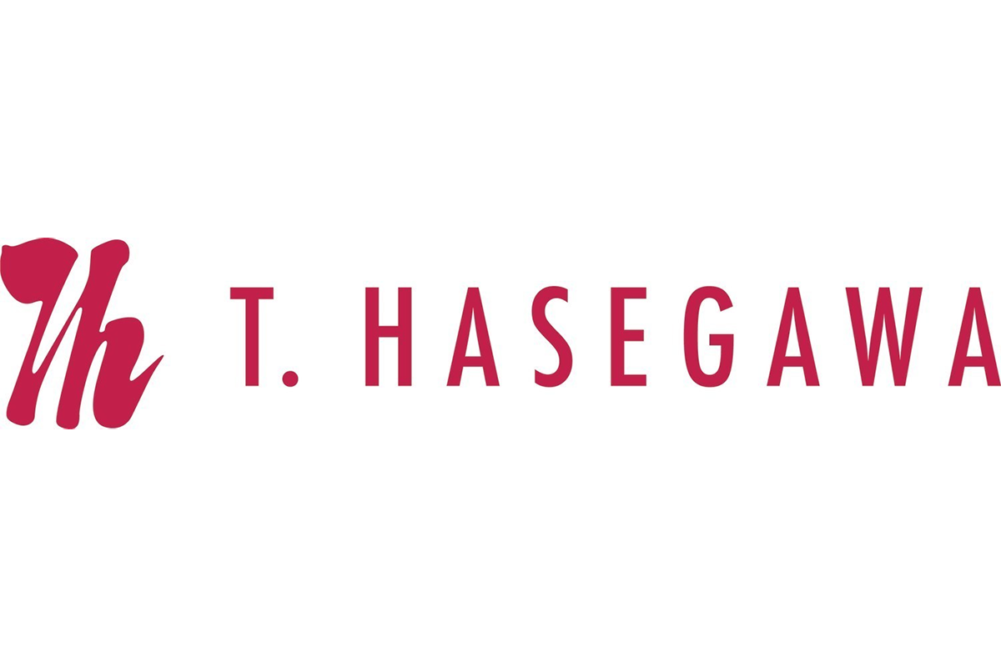Leading food and beverage flavor manufacturer T. Hasegawa USA is addressing supply chain shortages with a novel technology designed to decrease reliance on tomato paste, in response to rising material costs and product shortages.
The company has introduced Tomato BOOSTRACT, a natural flavor modifier that amplifies the taste and texture of tomatoes in a wide variety of products. The new technology was developed in response to severely limited tomato crop supplies in the US as record summer rains saturated California tomato fields, shortening the planting season and diminishing supply of raw tomatoes. Additionally, material costs for tomatoes have gone up as much as 80 percent since 2021 due to previous US droughts and other growing challenges that impacted supply.
The BOOSTRACT line of natural flavor modifiers, which includes specific variations for dairy, butter, coffee, chocolate, vanilla, cheese, mushroom and more, ensures that the sensations of flavor, taste and characteristics are true to the original product recipe. It can increase flavor intensity and amplify mouthfeel to give a richer profile, while replacing taste characteristics that are lost during the harvesting and production process.
“Our mission at T. Hasegawa is to improve the taste of foods and beverages, but also to solve production challenges through innovative technologies,” says Jim Yang, vice president of R&D for T. Hasegawa. “With supply shortages increasing the cost of tomato products, Tomato BOOSTRACT is a perfect solution to amplify the fresh, bold natural flavor and texture while decreasing reliance on tomato paste.”
Due to its strong flavor, most recipes only require a small amount of tomato paste, but it’s a foundational component of nearly all packaged or canned products featuring tomatoes. The R&D team at T. Hasegawa determined that use of Tomato BOOSTRACT can successfully reduce use of tomato paste by nearly 25 percent.
“Since BOOSTRACT is a natural flavor modifier, it simply brings out more of the flavor that is already in tomato paste but allows food brands to use significantly less product in their formulations,” Yang says.




